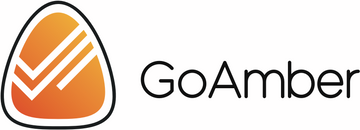*Baltic Amber: Ancient Natural Treasure with Healing Qualities*

What is Baltic amber?
Baltic amber, a 40-million-year-old fossilized tree resin primarily found in the Baltic Sea region, is renowned for its high succinic acid content. This natural compound gives Baltic amber its notable anti-inflammatory properties, making it a sought-after material in various health and wellness applications. Esteemed for its unique formation and healing qualities, Baltic amber continues to be a subject of interest in both historical and modern contexts.
Why Baltic amber is so widely used?
The answer lies in its composition. In its composition, amber has a substance – or ingredient – called Succinic Acid. Baltic Amber includes 3% to 8% of Succinic acid which is the precursor to acetylsalicylic acid, otherwise known as one of the active ingredients in aspirin. It is widely utilized in modern medicine. Many people are unaware of the incredible influence that succinic acid has on our bodies. It is involved in several chemical processes, which are mostly related to our metabolism.
Succinic Acid was analyzed in 1886 by the pioneer of modern bacteriology, Nobel Prize-winner Robert Koch, who confirmed its positive influence, discovering that there is no risk of the accumulation of surplus amounts of succinic acid in the human organism, even after the introduction of considerable amounts into the body.
Baltic amber is a specific subset of amber that is found only in northern Europe. Baltic amber is mainly found in the areas surrounding the Baltic Sea which is why it is called “Baltic” amber. Resin has been found in Poland, Lithuania, Latvia, Estonia, Sweden and as far west as the United Kingdom. Baltic amber accounts for over 90% of the world’s known amber today. So one thing to pay attention to is definitely the location.

For more info about Baltic amber, see FAQ page.

